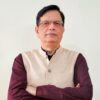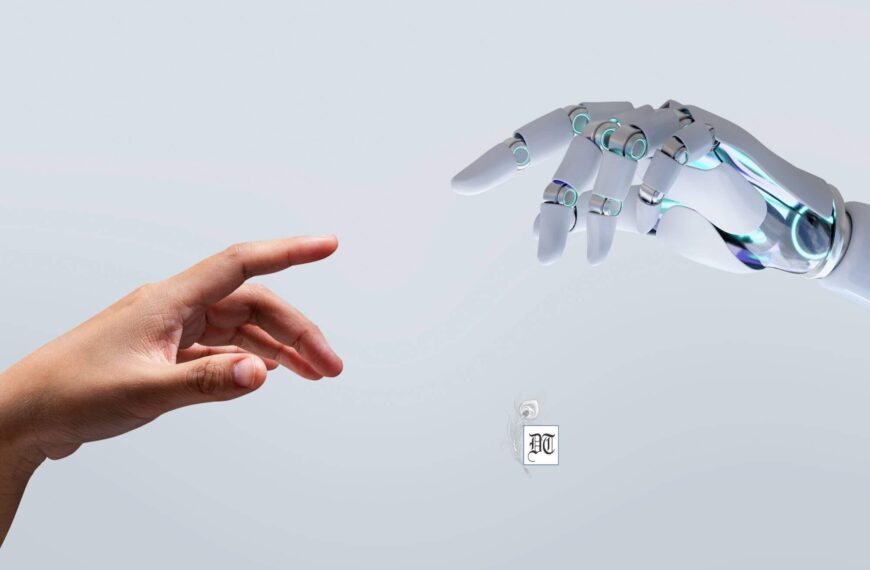Technology overtakes faster lately and even before electric vehicles become popular and common, especially in countries like India, solar vehicles may come sooner and in no time all e-rickshaws and e-autos could be converted into solar ones. A report, for Different Truths.
As global solar power generation touched 100 GW, of which nearly half is in China and an additional 20 GW in India, very soon a new application – solar-powered electric vehicles will become a reality providing clean and green transportation particularly in highly polluted cities like Delhi and Beijing.
The world’s largest Solar Photovoltaic (PV) maker Trina Solar, based in Changzhou in Southern China, has successfully developed F1 (Formula-one) racing solar car in collaboration with Osaka University of Japan. A few of such cars with electric motors powered by solar PVs participated in F1 solar car racing in Japan. Such F1 solar car racing is being held every year since 2015. Solar powered racing cars are successfully competing and this year too, the race will be held in Japan. The solar F1 car has been able to run continuously up to five and a half hours using solar energy. A Swedish company too has developed a solar racing car, which had participated in another racing competition in Australia.
Technology overtakes faster lately and even before electric vehicles become popular and common, especially in countries like India, solar vehicles may come sooner and in no time all e-rickshaws and e-autos could be converted into solar ones. Gao Jifan, Chairman and CEO of Trina Solar, which celebrated its 20th anniversary at its headquarters in Changzhou, 300 km from Shanghai in China recently, is confident of a breakthrough in storage too very soon.
Gao said already there is a marked improvement in the storage of solar power with improved lithium-ion batteries. A near price parity has been achieved in advanced countries like U.S, European Union and Australia. In the next 2-3 years, further breakthroughs could come, which will make it affordable even in countries like India and China, Gao said unveiling his mission for the next 20 years.
Trina Solar, which accounted for installation of 32 of the 100 GW of solar power set up in the world as of 2017, is in the forefront in ensuring solar energy became the mainstream energy in the coming years as part of the efforts to implement the Paris agreement on climate change. Its mission in the next 20 years is to ensure ‘solar energy for all’.
The company, which manufactures right from solar wafers to photovoltaic cells, recently launched smart PV solutions called ‘TrinaPro’ that combines its solar modules with a solar tracker system and inverter. A solar tracker is a device that enables PV modules to move in the direction of the sun so that power generation became more efficient. This helps in improving the conversion of sun rays into energy, which by itself a record. The conversion rate has improved close to 30 percent on an average from 10-15 percent some years ago.
With a breakthrough in storage is in sight, transportation powered by solar may hit the roads more rapidly than e-vehicles in India just as hyper-loop trains that can travel more than the speed of sound are being constructed even before first bullet train is set up between Mumbai and Ahmedabad. Already Mumbai-Pune hyperloop link is being established and may precede Mumbai-Ahmedabad bullet train, scheduled to be completed by 2022.
Just as hyper-loop trains are expected to be much cheaper than bullet trains, solar-powered vehicles are likely to be cheaper than e-vehicles with storage breakthrough coming about.
As India is fast catching up and on its way to set up 100 GW of solar power in the country, new applications for solar energy is fast developing to take advantage of virtually 300 days of sunshine annually in most parts of the Indian subcontinent. Apart from off-grid solar street lamps, solar water pumps are a new application that is fast catching up in the country. The main advantage of solar water pumps is that it would enable state governments to save on huge subsidies as power is supplied free of cost or at very low rates. The hybrid solar-wind power generators are fast catching up especially in South India so that power generation is there throughout the day. While solar will generate power during the day, wind during the night.
Apart from conventional projects of 500-1000 MW solar farms, floating solar farms are now being set up. Trina Solar is setting up 40 MW floating farm in China. The project is located in Nanping Town, Suixi Huabei in Anhui Province in South-Eastern China. The first 20 MW has been completed by September 2017 and Phase ll, in which 20 MW more is being set up, will be completed by this year. The plastic floaters in a pond on which solar modules are erected are imported from France.
In India, too floating farms are now catching up. The first 10 KW floating farm was set up in Kerala and another one of 100 KW is being set up in Panipat oil refinery. The Indian government is working on a strategy to promote floating solar farms and the plan target could be 10 GW. The floating solar farms would help in not only putting the land to other uses but also prevent evaporation of water in lakes and ponds.
Grid connected roof top solar is yet another application that is fast catching up in urban areas and the Indian government proposes to generate at least 20 GW of roof top solar power by 2022.
Manufacturing of Solar modules is one area where not adequate progress has been made in India, particularly in producing solar wafers, which involved a huge investment. This is one area where the Indian government needed to give a push by evolving favourable hardware manufacturing policy to promote ‘Make in India’ initiative in solar.
K R Sudhaman
©IPA Service
Photo from the Internet





 By
By

